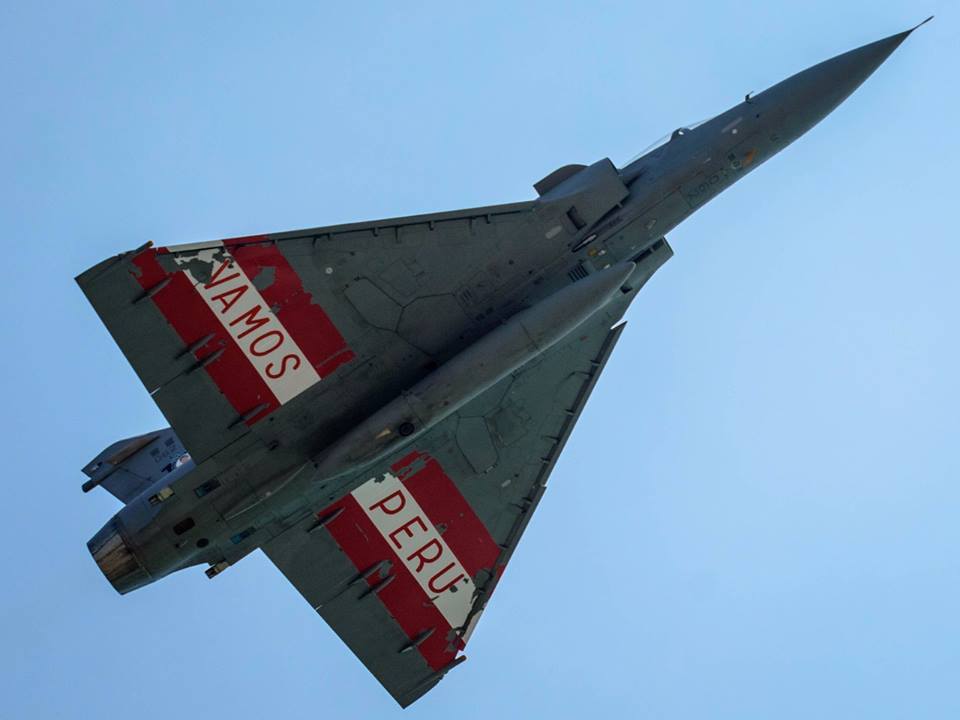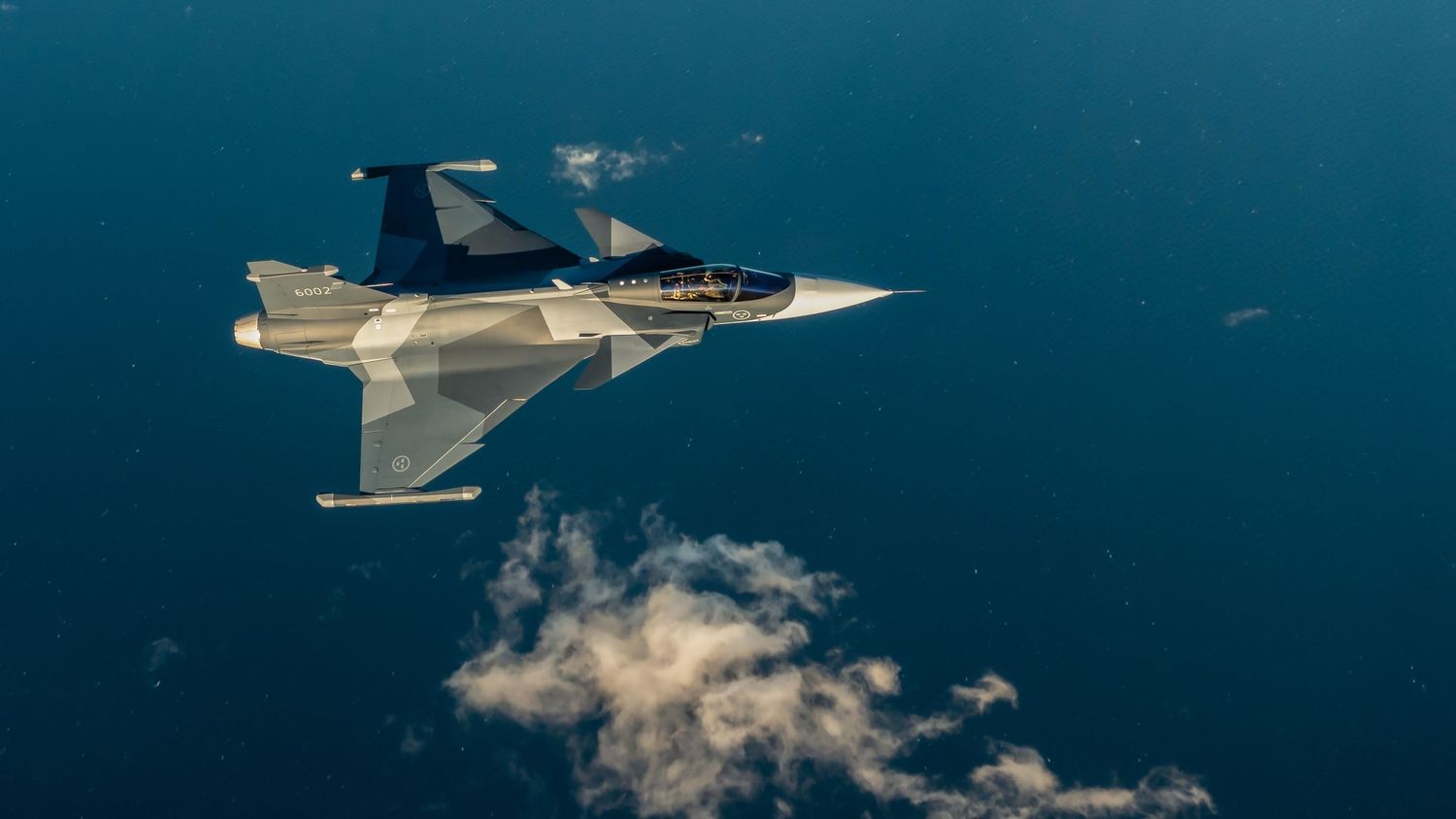Sweden Formalizes Gripen Fighter Jet Offer to Peru with Proposal to Sell 12 Units
The Swedish government and Saab are seeking parliamentary approval to sell 12 Gripen E/F fighter jets to Peru.
The Peruvian Air Force (FAP)'s combat fleet renewal program has entered a new phase of formalization: the Swedish government has submitted a proposal to its Parliament seeking authorization to sell up to 12 Saab JAS 39 E/F Gripen fighter jets, along with associated air defense systems. The initiative, part of the 2025 Varändringsbudget (supplementary budget), aims to enable a government-to-government transaction, as required by the Peruvian procurement process.
Although the proposal is still pending legislative approval, it marks a key bureaucratic step that solidifies Sweden’s offer on both political and operational fronts. The Swedish Parliament is expected to endorse it without major opposition, given the country’s longstanding support for defense exports.
A Competitive Process Reaching Its Final Stages
The FAP is currently evaluating the acquisition of 24 4.5-generation combat aircraft, including 20 single-seat jets and 4 two-seat variants for advanced training. As detailed by Defense Minister Walter Astudillo Chávez, the project is included in Peru’s 2025 national budget and will be financed through the Public Debt Law, with an initial allocation of $2 billion and a second phase projected for 2026.
In this context, Sweden’s offer of only 12 units stands out. The proposal does not specify whether this is a first phase of a phased acquisition, a response to specific budget constraints, or if Peru intends to split the procurement across different platforms, in line with its traditional preference for supplier diversification. Regardless, the number signals a clear intent and raises questions about the program’s final configuration.

The FAP’s shortlist includes the F-16 Block 70 (Lockheed Martin), Rafale F4 (Dassault Aviation), and Gripen E/F (Saab)—all featuring BVR capabilities, AESA radar, open architecture, and growth potential. The selection process has been accompanied by intense diplomatic, technical, and industrial activity from the bidders, with Peru negotiating pragmatically to extract maximum strategic and technological benefits.
Industrial Cooperation at the Core of the Bid
In this scenario, agreements signed by South Korea for the production of FA-50 and KF-21 components at SEMAN Perú, along with similar understandings with France and the U.S., are not binding selections, but rather part of broader proposals to strengthen each offer. If Saab is selected, Peru could join an expanding industrial network, similar to the one developed in Brazil with Embraer, which includes local assembly of the Gripen NG.
Sweden has expressed willingness to replicate technology transfer, workforce training, and industrial collaboration models. This approach was recently reinforced by Colombia’s decision to pursue the Gripen E/F, as confirmed by President Gustavo Petro, along with a compensation package involving social and technological investments in healthcare, clean water, and renewable energy. If finalized, Colombia would join Brazil as a Latin American Gripen operator, strengthening the platform’s regional footprint.
You might be interested
Peru Is Seeking More Than Just a Jet
Peru’s strategy is clear: this is not just about acquiring a modern fighter, but about maximizing opportunities for industrial development, technology transfer, and strategic cooperation. In this context, Sweden’s formal proposal gives its offer equal footing with its competitors.
The final decision is still pending, but the official request submitted by the Swedish government signals a clear and serious intent to compete for the future of Peru’s combat aviation.


Comentarios
Para comentar, debés estar registrado
Por favor, iniciá sesión